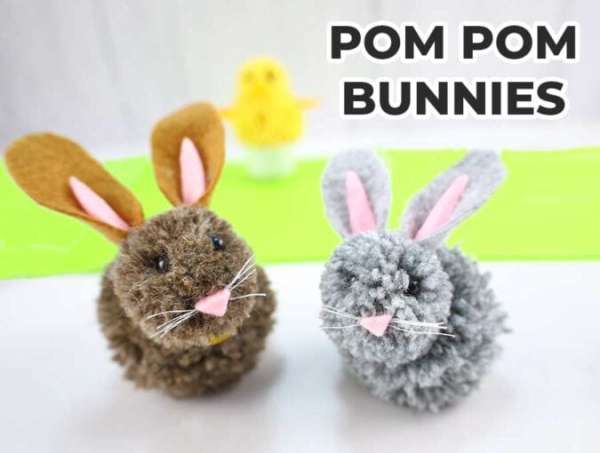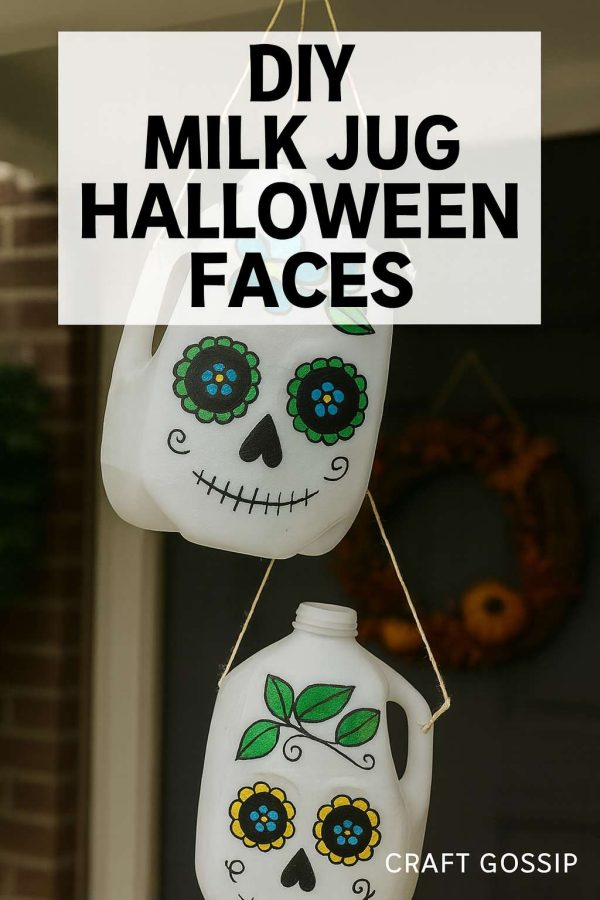
Easter is a wonderful time for family and friends to gather and create memories together. One great way to do this is through crafting, which allows you to express your creativity and make beautiful decorations for the holiday. The Easter bunny is a particularly popular and adorable symbol of Easter, and the craft highlighted in this article is just one example of the many ways you can create your own Easter bunnies at home.
This particular craft is easy to make and suitable for all ages. It’s a great way to spend time with family and friends, whether you’re a child or an adult. Not only is it fun to make, but it’s also a great way to decorate your home or to give as a gift to loved ones.
Easter crafts are not only enjoyable but also educational. They can help children to learn about different shapes, colors, and textures. They also help to develop fine motor skills, creativity and attention span.
Overall, crafting Easter bunnies is a great way to bring the family together and create memories that will last a lifetime. So, gather your materials, break out the glue and paint, and let the crafting begin! With this simple and adorable Easter bunny craft, you’ll have hours of fun and meaningful activities for the whole family.
This adorable Easter bunny is super easy to make and is a ton of fun for all ages!
Not sure about you, but I always like to set the holiday mood by preparing handmade gifts or home decor in advance. It makes my heart sing when there is an event to look forward to, no matter whether it is a big or a small celebration.


